Sore Shoulders?
There are a myriad of reasons why your shoulder hurts–from poor paddle technique and posture, over-training, unilateral (one-sided) paddling, long paddles (longer paddles = more load forcing upon the shoulder), etc.
However, working the back shoulder muscles and stabilizers that hold the scapula in the correct position will be the keys to avoiding problems like shoulder instability, strains/sprains, impingement, or the dreaded words in dragon boating … rotator cuff or labral tear!
This post is to provide you with a little knowledge, so that you can paddle injury free.
The next post to this will provide you with some preventative exercises. To understand the exercises, you must understand the wonderfully complicated shoulder joint.
In many strength and training programs, pulling movements such as chin-ups and rows are given backseat emphasis, if any. The simple reason? “They’re just too hard”.
Most athletes instead focus on lat pull-down or push-ups for the muscles of the upper back and chest with the assumption that this is sufficient and all they’ll need.
The key to a good training program however is balance. Balancing your muscle development is the recipe for preventative maintenance of your shoulders.
Paddlers with injuries typically have overdeveloped muscle groups while others remain relatively underdeveloped. The problems are common because the “big muscles” tend to overpower the smaller ones such as the rotator cuff and stabilizers.
What’s a “rotator cuff”? Stabilizer?
First, it helps to have a general idea of what the rotator cuff does. Imagine one huge tower. The tower is held in place by several high tension guy wires that pulls the pole in all directions to keep it stable.
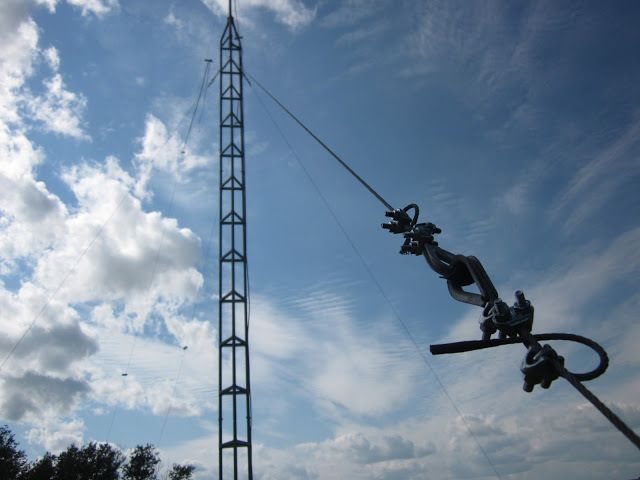
Now imagine that as the wind blows the tower in certain directions, the opposing cables pull back, keeping the tower from swaying too far and ultimately falling over. Imagine further that that tower is your arm and the cables are your rotator cuff. Still confused?
In order for your arm to move effectively in all sorts of directions while still keeping in place, other muscles (or “cables”) have to pull back to keep your arms from falling off your body. As you can imagine, if one of the guy wires holding your “tower” in place is weakened or damaged, then your tower (aka shoulder) is then unstable and much more susceptible to injury.
Here is an image of your shoulder and the muscles (“cables”) that hold it in place.
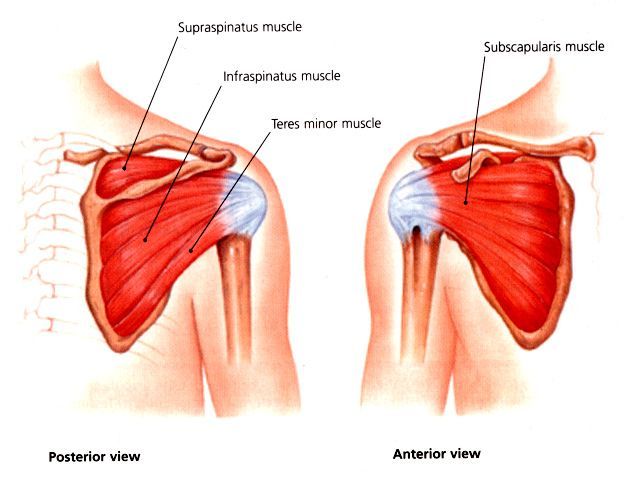
OK. So the muscles are the cables and your arm is the tower.
How do I make sure that the “cables” are strong enough to handle the forces that I am going to be applying to the “tower” in a dragon boat?
This question will be answered in the next post.



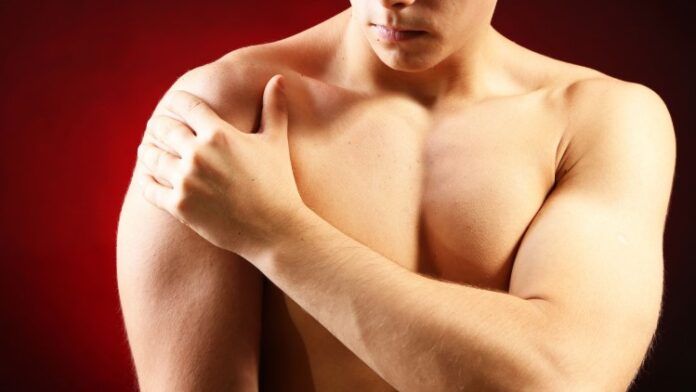
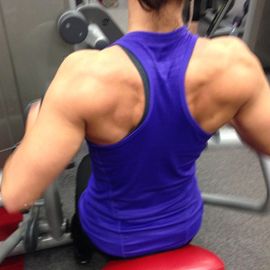
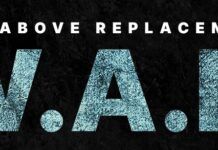



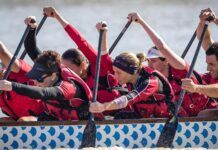





Ryan Marshall makes a lot of sense